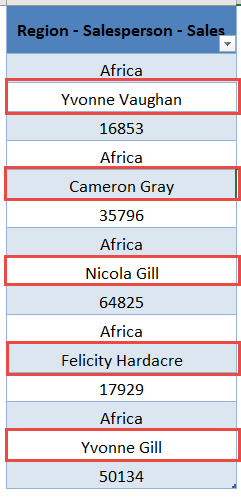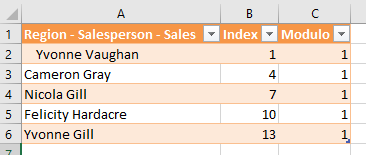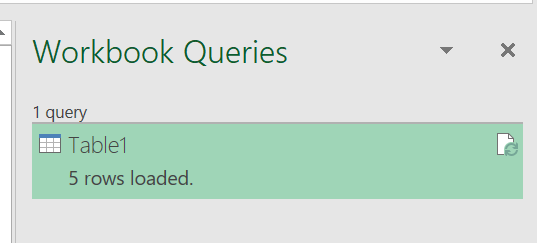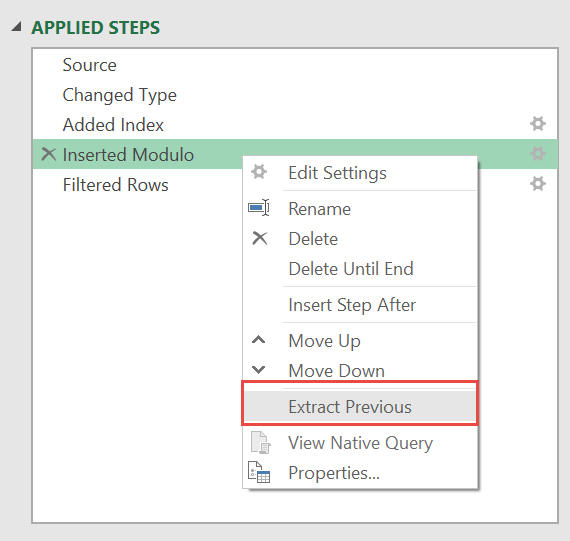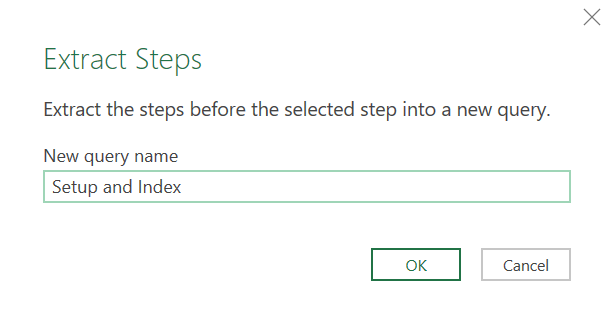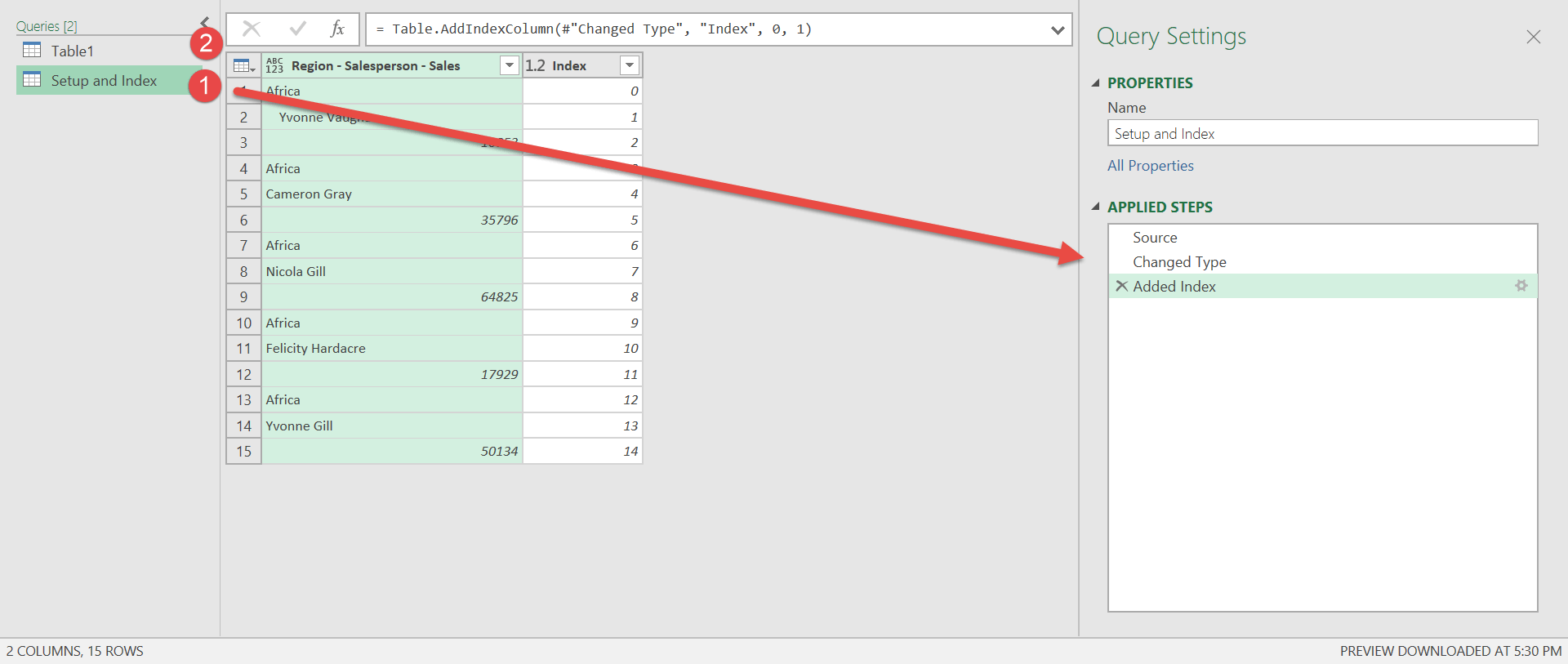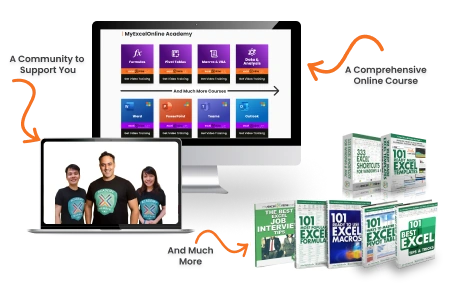Power Query or Get & Transform (In Excel 2016) lets you perform a series of steps to transform your Excel data. You can do a lot of things and sometimes we end up with a fairly long query! One cool thing is you can split a query into two parts to make it more readable! We will use an existing spreadsheet wherein we used Power Query to extract the names from this tutorial.
Key Takeaways
-
Enhances Reusability – Splitting a query allows you to reuse the base transformation in multiple places, saving time and reducing duplication.
-
Improves Performance – Dividing complex queries helps optimize performance by letting Power Query process smaller chunks of data more efficiently.
-
Use “Reference” to Split – You can split a query by right-clicking and choosing “Reference”, which creates a new query based on the original without duplicating steps.
-
Maintain Clean Query Logic – Separating the base data transformation from further filtering or analysis keeps each query focused and easier to troubleshoot.
-
Ideal for Team Projects – When working collaboratively, splitting queries allows different team members to work on different parts of the data pipeline independently.
Table of Contents
Our Data Setup
We extracted the names only from this:
Into this resulting table:
We want to split this query into two parts! Let us see how we can do it below.
How to Split a Query into Two Parts in Power Query
STEP 1: Let us edit the existing Query in the spreadsheet. Go to Data > Get & Transform > Show Queries
Double click on the query (Table1):
STEP 2: This will open up the Power Query Editor.
Our query contains two main sections:
- Setup and Adding an Index Column
- Using the Modulo to Filter rows
We want to separate these two sections as shown below.
We want to split it. Right click on Inserted Modulo and select Extract Previous
STEP 3: This is where the magic happens!
The steps on top will be moved to a new query. Type in the name Setup and Index.
Now it is split into two parts! See the first query Setup and Index.
It is then followed by the second query that has the modulo and filtering steps.
If you check the source of Query #2, you can see that its source is Query #1 Setup and Index. You have successfully split your query into two parts!
Frequently Asked Questions
Why would I want to split a query in Power Query?
To organize your workflow, make transformations modular, and reuse a base dataset in multiple places without repeating steps.
How do I split a query into two parts?
Right-click the original query and select “Reference”. This creates a new query linked to the first, where you can continue applying further steps.
What’s the difference between “Reference” and “Duplicate”?
Reference creates a new query linked to the original (updates reflect changes), while Duplicate creates a completely independent copy.
Can I rename both parts of the split query?
Yes! Rename each query for clarity—e.g., BaseQuery and FilteredResults—so they reflect their roles in your data model.
Will changes in the first query affect the second?
Yes, if the second query is a reference. Any changes to the original will automatically update the dependent query unless disconnected.

Bryan
Bryan Hong is an IT Software Developer for more than 10 years and has the following certifications: Microsoft Certified Professional Developer (MCPD): Web Developer, Microsoft Certified Technology Specialist (MCTS): Windows Applications, Microsoft Certified Systems Engineer (MCSE) and Microsoft Certified Systems Administrator (MCSA).
He is also an Amazon #1 bestselling author of 4 Microsoft Excel books and a teacher of Microsoft Excel & Office at the MyExecelOnline Academy Online Course.
